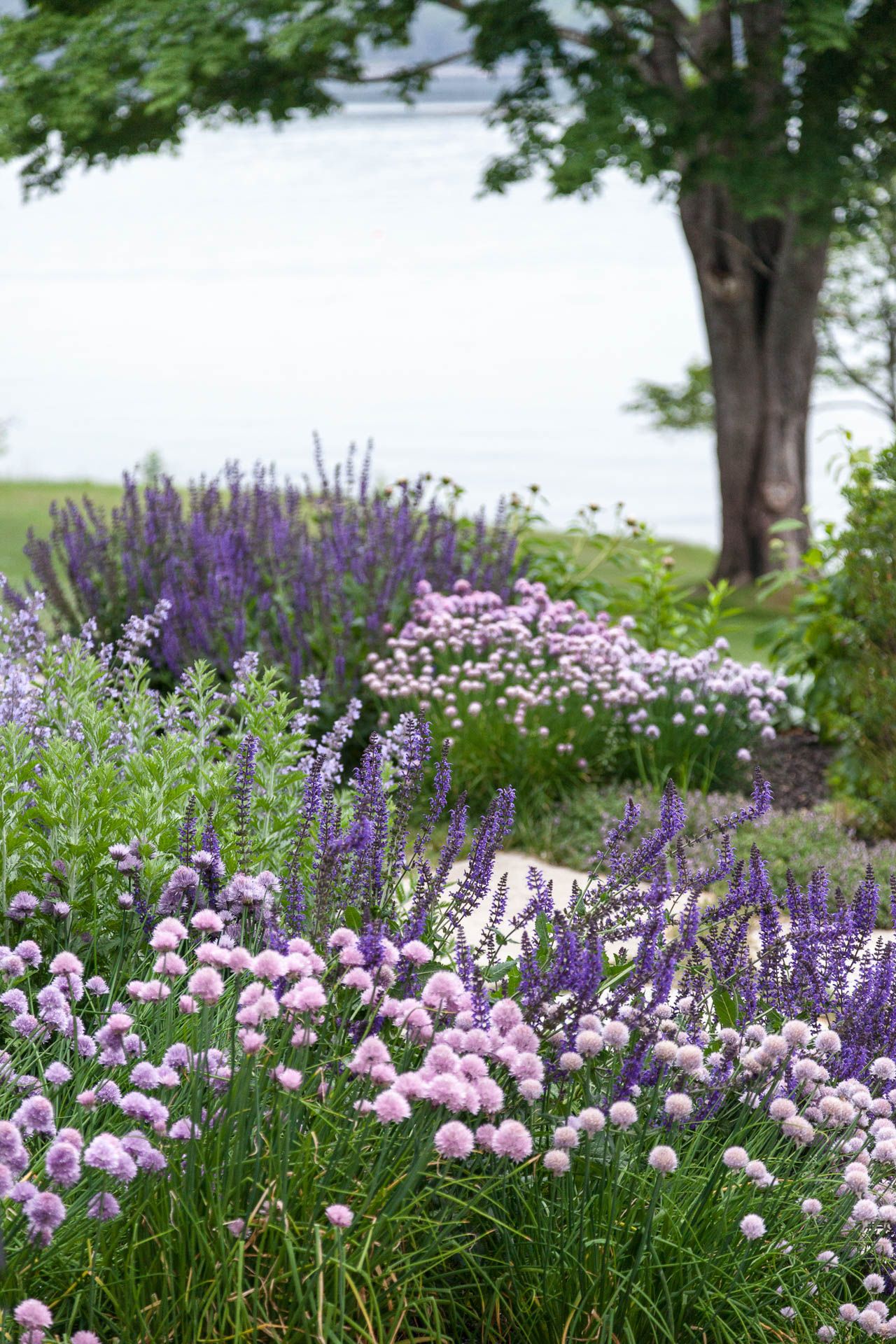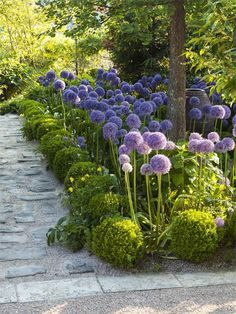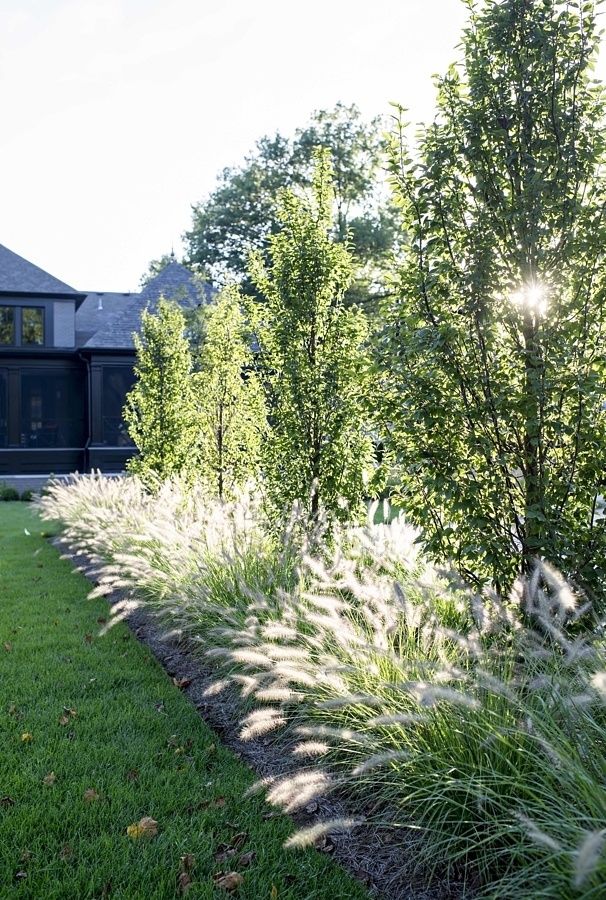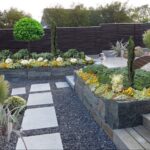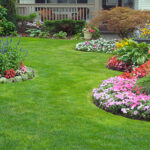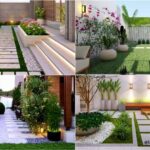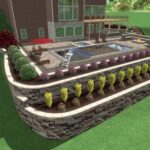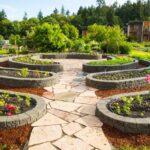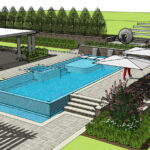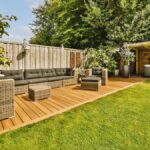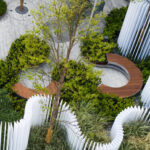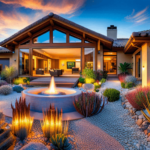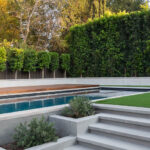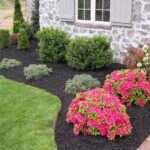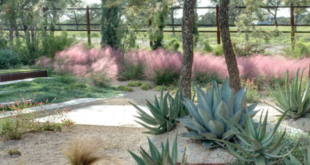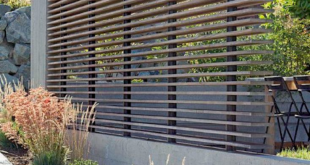Landscape design is an essential element of creating a visually appealing outdoor space that complements a property. It involves the planning, arranging, and designing of outdoor areas to achieve a desired aesthetic and functional outcome. Proper landscape design can enhance the overall look and feel of a property, increase its value, and provide a welcoming environment for its inhabitants and visitors.
One of the key principles of landscape design is balance. This involves the harmonious arrangement of elements such as plants, trees, shrubs, and hardscape features like pathways and walls. Achieving balance in a landscape design involves considering the size, shape, texture, and color of each element to ensure a cohesive and visually pleasing overall composition.
Another important aspect of landscape design is proportion. Proportion refers to the relationship between the various elements in a landscape, such as the size of trees in relation to the size of a building or the width of a pathway in relation to the size of a garden bed. Proper proportions help create a sense of harmony and cohesion in a landscape design.
Unity is also crucial in landscape design. Unity involves creating a sense of oneness or coherence in a landscape design by using consistent themes, colors, and patterns. This helps tie together different elements in a landscape and create a sense of continuity and flow.
In addition to balance, proportion, and unity, rhythm and repetition are also important principles in landscape design. Rhythm refers to the visual movement or flow created by repeating elements such as plants, patterns, or colors throughout a landscape. Repetition helps establish a sense of order and continuity in a landscape design, making it more visually appealing and cohesive.
Finally, variety and contrast play a key role in landscape design. Variety involves using a diverse range of plants, materials, and features to create visual interest and prevent monotony in a landscape design. Contrast, on the other hand, involves using elements that are different in size, shape, color, or texture to create visual impact and focal points in a landscape design. By incorporating these principles into a landscape design, designers can create beautiful and functional outdoor spaces that enhance the overall appeal and value of a property.
 yishifashion Where Outdoor Dreams Become Reality
yishifashion Where Outdoor Dreams Become Reality
